Misophonia Explained
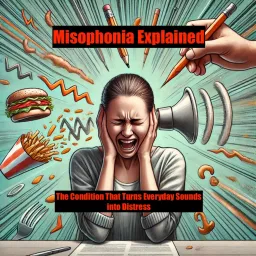
Misophonia, literally meaning "hatred of sound," is a condition characterized by strong negative emotions, thoughts, and physical reactions triggered by specific sounds. For individuals with misophonia, everyday noises that most people would barely notice or find only mildly irritating can provoke intense feelings of anger, disgust, or anxiety, often leading to an overwhelming urge to escape or stop the sound. The term "misophonia" was coined in 2001 by audiologists Pawel and Margaret Jastreboff, who first recognized it as a distinct condition. Since then, awareness of misophonia has grown, though it remains a relatively under-researched and often misunderstood disorder. The complex nature of misophonia often leads to misunderstandings, with some people dismissing it as mere irritability or oversensitivity. However, for those who experience it, misophonia is far more than just being annoyed by sounds; it's a visceral, often uncontrollable reaction that can significantly impact their quality of life. The hallmark of misophonia is an extreme emotional and physiological response to specific sounds. These responses can vary in intensity but often include intense anger or rage, disgust or revulsion, anxiety or panic, irritation or frustration, a strong desire to flee or escape the situation, and difficulty concentrating or focusing on tasks. The intensity of these reactions can be surprising even to the individuals experiencing them, often feeling disproportionate to the triggering sound. For example, the soft sound of someone chewing gum might trigger a fight-or-flight response as intense as if they were facing a physical threat. This extreme reaction can be confusing and distressing for both the individual with misophonia and those around them. Physical symptoms may also accompany these emotional responses, such as increased heart rate, elevated blood pressure, muscle tension, sweating, and difficulty breathing. Some individuals report feeling a tightness in their chest, a churning sensation in their stomach, or even physical pain in response to their trigger sounds. It's important to note that the severity of these reactions often far exceeds what would be considered a typical response to an annoying sound. For individuals with misophonia, these reactions can be automatic and feel uncontrollable, often leading to feelings of guilt, shame, or frustration at their inability to manage their responses. This internal struggle can contribute to the development of anxiety and depression in some individuals with misophonia. While trigger sounds can vary from person to person, some of the most commonly reported include eating sounds (chewing, crunching, slurping), breathing or nose sounds (heavy breathing, sniffling, nose whistling), mouth sounds (lip smacking, teeth sucking), repetitive sounds (tapping, clicking pens, typing), and environmental sounds (clocks ticking, air conditioners humming). The specific nature of these trigger sounds can be highly individual. For instance, one person might be triggered by the sound of chewing, but only when it's loud or open-mouthed, while another might be triggered by any eating sound, no matter how quiet. Some individuals find that their trigger sounds evolve over time, with new sounds becoming problematic as they get older or as they become more aware of their condition. Interestingly, some individuals with misophonia also report being triggered by visual stimuli associated with these sounds, such as seeing someone chew with their mouth open or watching someone's leg bouncing repeatedly. This visual component of misophonia is not as well-studied as the auditory aspect, but it suggests that the condition may involve more complex sensory processing than initially thought. For those living with misophonia, the condition can have a profound impact on various aspects of their lives. Many individuals with misophonia find it challenging to participate in social activities, especially those involving eating or in noisy environments. This can lead to social isolation and strained relationships with family and friends. Family meals, a time traditionally associated with bonding and connection, can become sources of extreme stress and conflict. Friends may not understand why their companion suddenly becomes agitated or needs to leave a restaurant or movie theater. These social difficulties can lead to feelings of loneliness and alienation, further exacerbating the emotional toll of the condition. Concentration and productivity can be severely affected in environments where trigger sounds are present, potentially impacting academic or professional performance. Students might struggle to focus in classrooms where they can hear other students eating, typing, or fidgeting. In open-plan offices, the cacophony of typing, phone conversations, and other ambient noises can make it nearly impossible for individuals with misophonia to concentrate on their work. This can lead to underperformance, increased stress, and in some cases, the need to seek alternative work or study arrangements. The constant stress of managing reactions to trigger sounds can lead to anxiety, depression, and a reduced quality of life. The anticipation of encountering trigger sounds can itself become a source of anxiety, leading some individuals to adopt avoidance behaviors that further limit their participation in social, professional, or recreational activities. This cycle of avoidance and anxiety can significantly impact an individual's overall well-being and life satisfaction. Simple tasks like eating meals with family, working in an open office, or using public transportation can become significant challenges. Many individuals with misophonia report feelings of guilt or shame about their reactions, often believing they should be able to control their responses better. This internal conflict can lead to low self-esteem and a sense of being fundamentally different or flawed compared to others who don't experience such intense reactions to sounds. While research into misophonia is still in its early stages, scientists are beginning to uncover some of the neurological and physiological mechanisms that may be at play. Studies using fMRI (functional magnetic resonance imaging) have shown that individuals with misophonia exhibit heightened connectivity between the anterior insular cortex (involved in processing emotions) and other parts of the brain responsible for processing sounds and regulating emotions. This increased connectivity might explain why certain sounds trigger such intense emotional responses in people with misophonia. One study found that when exposed to trigger sounds, individuals with misophonia showed increased activity in the anterior insular cortex compared to control groups, suggesting that this region of the brain might play a key role in the condition. Research suggests that people with misophonia may have an overactive autonomic nervous system, leading to exaggerated fight-or-flight responses to trigger sounds. This heightened autonomic response could explain the physical symptoms many people with misophonia experience, such as increased heart rate and muscle tension. Some researchers have proposed that this overactivity might be related to a heightened sense of threat detection, where the brain mistakenly categorizes certain sounds as potential dangers. Some theories propose that misophonia may involve abnormalities in how the brain processes certain sounds, potentially related to increased awareness or sensitivity to specific acoustic features. This could explain why some sounds are triggering while others, even similar ones, are not. For example, someone might be triggered by the sound of a person chewing but not by the sound of a dog eating. There's evidence to suggest that misophonia may develop through classical conditioning, where neutral sounds become associated with negative emotions or experiences over time. This theory proposes that an initial negative experience with a sound could lead to the development of a conditioned response, which then generalizes to similar sounds or situations. This could explain why some people develop misophonia later in life or why their trigger sounds might change over time. While no specific "misophonia gene" has been identified, there appears to be a hereditary component, with the condition often running in families. This suggests that there may be genetic factors that predispose some individuals to develop misophonia, possibly related to genes involved in sound processing or emotional regulation. However, more research is needed to fully understand the genetic aspects of the condition. It's important to note that misophonia is not considered a hearing disorder or an issue with the ears themselves. Instead, it appears to be related to how the brain processes certain sounds and the emotional responses they trigger. This distinction is crucial for understanding and treating the condition, as it suggests that interventions focused solely on the auditory system may not be sufficient. As of now, misophonia is not officially recognized as a distinct disorder in the Diagnostic and Statistical Manual of Mental Disorders (DSM-5) or the International Classification of Diseases (ICD-11). This lack of formal classification can make diagnosis challenging and may contribute to misunderstanding or dismissal of the condition by some healthcare professionals. The absence of official diagnostic criteria also makes it difficult to estimate the prevalence of misophonia in the general population, although some studies suggest it may affect up to 20% of people to some degree. However, efforts are underway to establish diagnostic criteria for misophonia. In 2017, a group of experts proposed a set of diagnostic criteria, which include the presence of extreme negative emotions triggered by specific sounds, an immediate and involuntary response to the trigger sound, a recognition by the


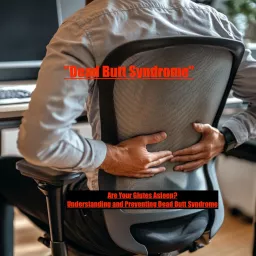

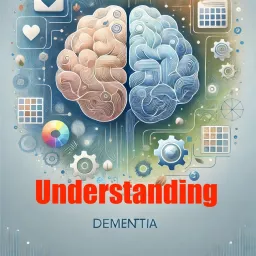



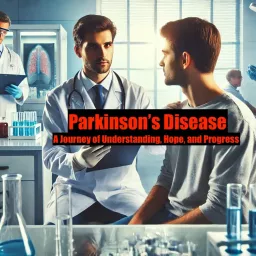


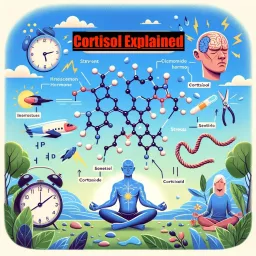






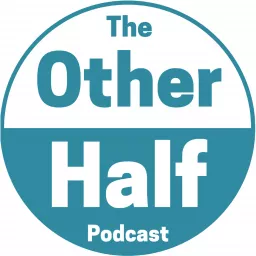






![[REDACTED] History [REDACTED] History](https://podcastaddict.com/cache/artwork/thumb/4093402)





